(927 products available)







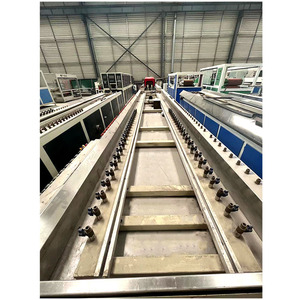



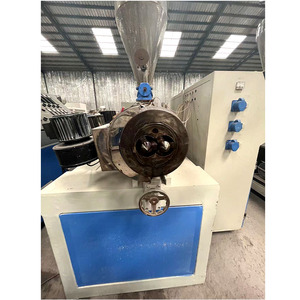









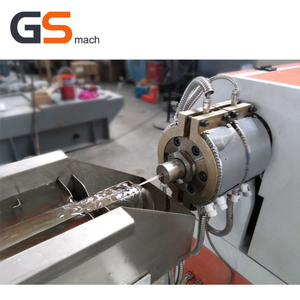



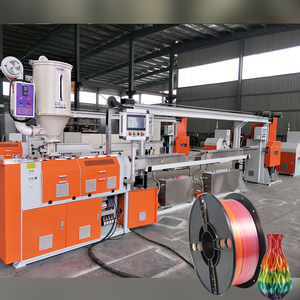

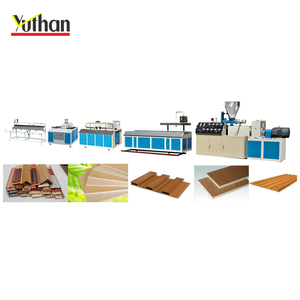




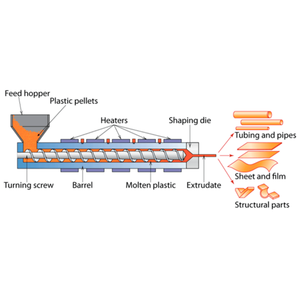








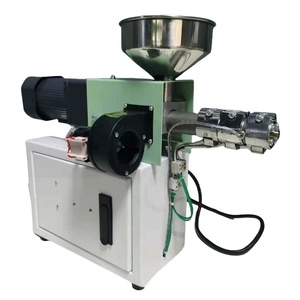

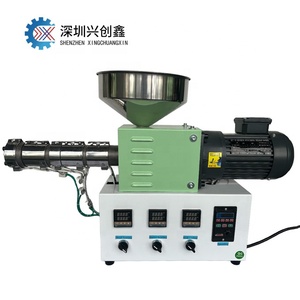









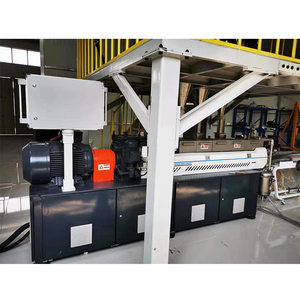


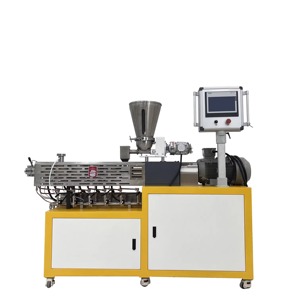










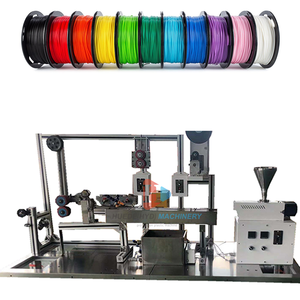





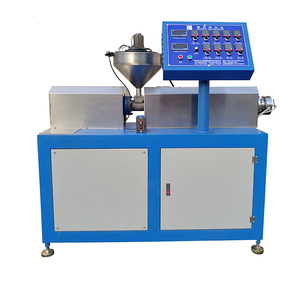



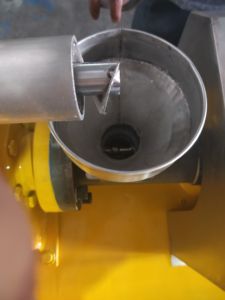









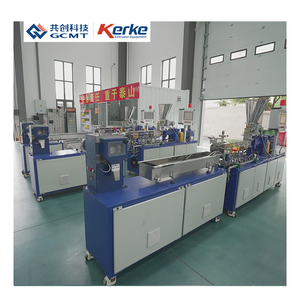


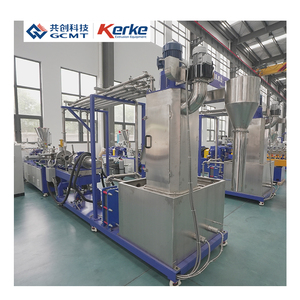




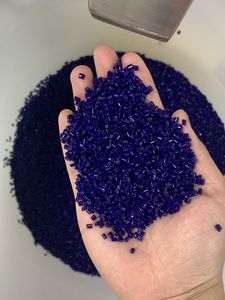



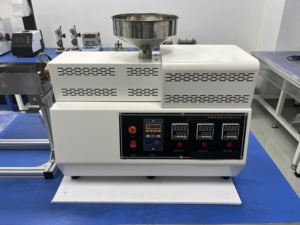
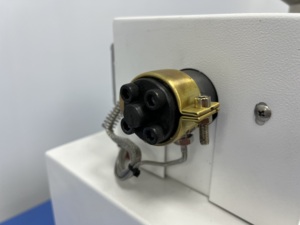

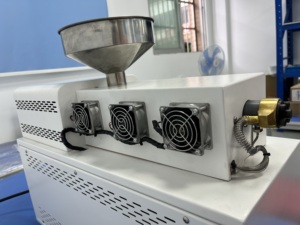















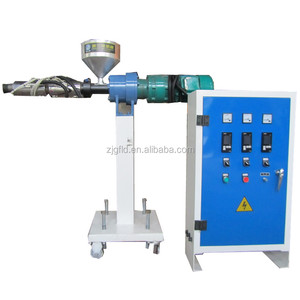











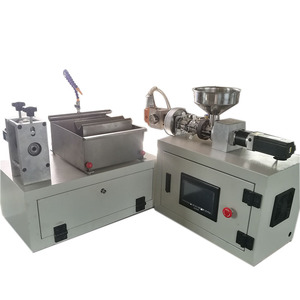

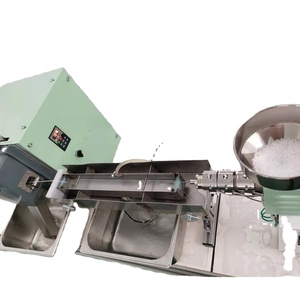
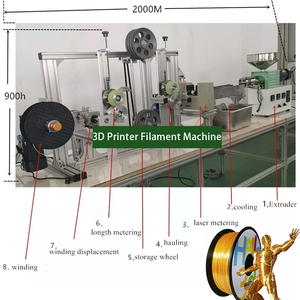





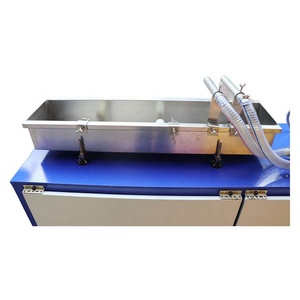
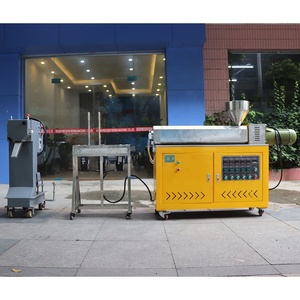







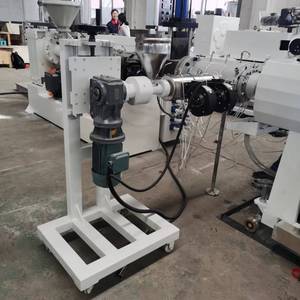























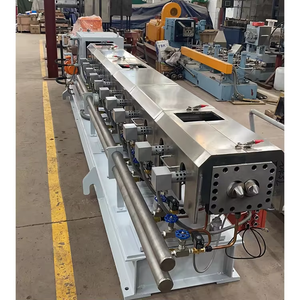




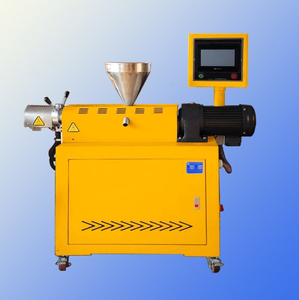

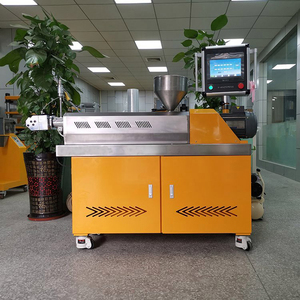






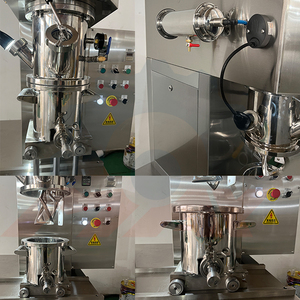


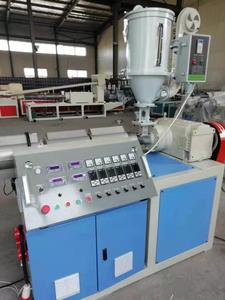





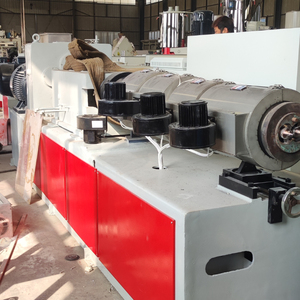







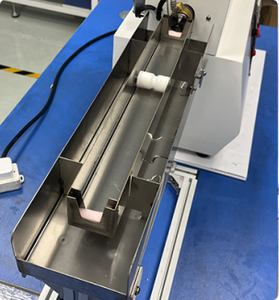

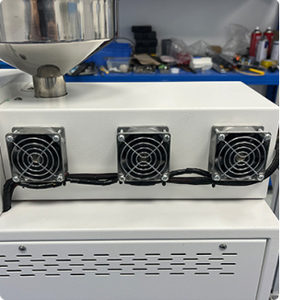






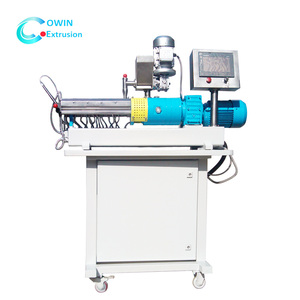



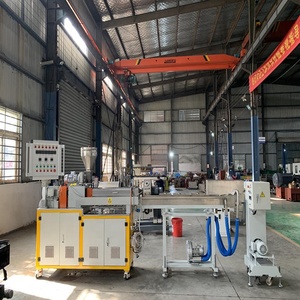
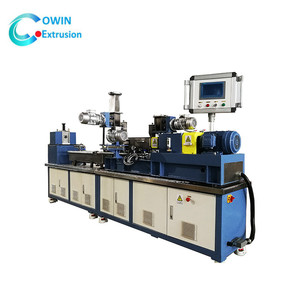






Market Overview: The lab scale extruder market is part of the larger extruder market, which was valued at approximately $10.6 billion in 2023 and is projected to reach $14.6 billion by 2030, growing at a CAGR of 4.7% during this period, according to Research and Markets. The increasing need for small-scale production and material testing in industries such as plastics, food, and pharmaceuticals is driving demand for lab scale extruders. Regions like North America and Asia-Pacific are witnessing substantial growth due to advancements in extrusion technology and the rising adoption of lab-scale testing to enhance product development processes. This trend reflects a broader shift towards innovative manufacturing solutions that prioritize efficiency and precision.
Industry Insights: The versatility of lab scale extruders in processing various materials is a significant market driver. These machines enable manufacturers to create a wide range of products efficiently, from plastic components to specialized food items. With a growing emphasis on sustainability, manufacturers are increasingly utilizing lab scale extruders to develop eco-friendly materials that meet stringent environmental standards. Furthermore, the rise of niche markets, such as plant-based food production, is pushing the demand for lab scale extruders, allowing producers to experiment with new formulations and textures. As consumer preferences shift towards personalized and sustainable products, the lab scale extruder market is well-positioned for continued growth, supported by innovations in extrusion technology and the increasing focus on high-quality manufacturing processes.
Lab scale extruders can be categorized into four main types based on their design and functionality.
Single-screw extruders
Single screw extruder is the most widely used small lab extruder. They consist of a screw driven by a motor within a heated barrel. The heating elements and temperature control allow for precise control of the material's melting and flow. Single-screw extruders can be used for several materials and are generally low-cost and easy to use and clean. However, their mixing capability is limited, and the pressure build-up is low.
Co-rotating twin-screw extruders
Co-rotating twin-screw extruders have two intermeshing screws rotating in the same direction in a heated barrel. This design improves material conveyance, melting, and mixing, making them suitable for compounding and recycling applications. They are ideal for extruding materials that require higher pressure and better mixing capacities, such as advanced polymer blends. Co-rotating twin-screw extruders facilitate good distribution and dispersion of fillers, additives, and colors within polymers. They also permit a wide variety of feeding techniques and process techniques, including polymer degradation and hydrolysis.
Counter-rotating twin-screw extruders
Counter-rotating twin-screw extruders have two parallel screws rotating in opposite directions. They offer excellent mixing and conveying efficiency, high flexibility, and precise control of processing conditions. Counter-rotating twin-screw extruders are suitable for processing materials with varying viscosities and complex compositions. In addition, they make high-throughput production possible while maintaining a high degree of material homogeneity.
Studying the lab scale extruder specs is essential before lab scale samples can be produced. The following key specs are included:
Die Size and Geometry
The die is the final processing part of the extruder. The geometry and the size of the die will influence the shape of the final product. Various dies are available, such as molding, cutting, and hole-punch.
Temperature Control
Granules can be melted into viscous liquid by precise temperature control. Proper melting of the material and stability of the laboratory extruder is important for successful extrusion.
Feeding System
The feeding process can be achieved by gravimetric, volumetric, or pump feeding. The chosen method will impact accuracy, material flow, and feed consistency.
Actuator
The motor-driven screw in the extruder is an important part. The type of motor (AC, DC, etc.) and its power will govern the screw's speed and torque.
Control System
In a small-scale lab extruder and large models, the overall process can be automated. Important parameters like pressure, temperature, and speed can be adjusted precisely by a programmable logic controller (PLC).
Materials
Extruders are made from different materials to withstand specific chemicals, temperatures, and stresses. Common materials include mild steel, stainless steel, aluminum alloys, and fluoroplastics.
Regular routine maintenance is necessary to identify faults early and keep the lab extruder working well. Follow these tips for regular maintenance to keep it running smoothly:
Daily Clean and Sanitization:
At the end of each day, wash all parts of the extruder using a non-corrosive detergent. Take out the removable parts and clean them separately. Please pay attention to the feeding section, die, and cutter. Follow the manufacturer's instructions and safely sanitize them before reassembling. Wipe out any liquid or material left in the extruder to avoid cross-contamination.
Weekly Inspection:
Check the heating bands, insulation, and wires in the circuit. Make sure there is no damage and that the connections are secure. Look for any leaks in the water pipes and seals, which can affect temperature control and contamination.
Monthly Lubrication:
Lubricate the bearing blocks and drive chains monthly. Use a suitable lubricant so the parts will move freely. Clean off any accumulated grease. A clean extrusion machine has less wear and tear and lasts longer.
Lab-scale extruders are crucial in product development because they help create new formulations in small batches. These can be used in food production, pharmaceutical research, and material science.
Food processing industry
This is where lab-scale extruders shine. They are great for creating new formulations and testing recipes with different ingredients, like varying moisture content, temperatures, and extrusion speeds. If a pet food company wants to develop a new kibble shape but is unsure what will work best, they can use a lab-scale extruder to try different shapes on a small scale before investing in production with a large-scale extruder. Once the ideal recipe is figured out, the lab-scale extruder can be used to make small batches for consumer testing. It's a low-risk way to test new ideas and get feedback before committing to large-scale production.
Pharmaceutical development
In the pharmaceutical industry, lab-scale extruders are useful for formulating new drug-delivery systems and developing new pharmaceutical compounds. They can help to modify drugs by mixing them with polymetric carriers through precise temperature and shear control. Once optimized using the lab-scale extruder, scaling up to larger extruders for full production is usually smooth.
Plastic and polymer industry
In the world of plastics and polymers, lab-scale extruders play a crucial role in developing new materials and fine-tuning existing ones. These compact machines allow researchers and engineers to mix, melt, and shape small quantities of polymers, additives, and fillers to create experimental formulations.
Using a lab-scaled extruder, companies can assess a material's processability, mechanical properties, and thermal behavior before investing in large-scale production. This reduces risks associated with scaling up and enables quicker time-to-market for new plastic compounds.
Agricultural sector
The agricultural sector also benefits from lab-scale extruders. These machines help develop new feeding for livestock by finding out how different feed ingredients and additives interact. Lab-scale extruders can also test how well agricultural products process, like seeds and fertilizers, to improve efficiency and productivity in farming. By creating small batches of modified agricultural products, scientists can evaluate their performance and make data-driven recommendations before large-scale implementation.
Consider the following parameters when buying a lab-scale extruder.
Research and Development Requirements
Check if the machine can conduct studies and formulation optimization, as well as material-processing investigation. Ensure that the extruder can have the potential to evaluate new additives and ingredients.
Production Flexibility
Looking at the adjustable parameters like temperature, pressure, feeding rate, and screw configuration, which play a key role in the experiments, buyers need to be aware that different settings can achieve a wide range of characteristics and formulations.
Separation and Cleaning Functions
Think about the ability to remove extruded samples and the cleaning mechanism. An efficient cleaning process can reduce the time between experiments and enhance productivity.
Feeding System
The lab extruder's feeding system needs to be able to deal with different types of materials, like powders, granules, and liquids. Make sure the feeding system has a reliable and precise feeder, which can affect the repeatability and accuracy of experiments.
Screw and Barrel Design
Screws and barrels are the core components of an extruder, which can impact heat transfer, mixing, and conveyance. Buyers need to know that different geometries and sizes are available for testing different formulations and processing techniques.
Die and Cutter System
The die-and-cutter system's versatility in shaping and cutting samples should be considered, as it can affect the type and size of the samples required for analysis and evaluation.
Data Acquisition and Control
A digital control system that can precisely manage and monitor key processing parameters will be important, as it will affect the reliability and reproducibility of experiments and the data analysis and processing capability.
Safety Features
When performing various experiments, the safety characteristics of the device are also critical. Some of the safety aspects buyers need to care about include over-temperature protection, emergency stop buttons, and guard doors.
Unitized and Modular Design
The lab extruder with unitized and modular designs makes it easier to maintain and replace components, and examining the modularization enables the assembly of different processes and systems to meet various experimental requirements.
Extruder Size
When performing experiments with limited sample sizes, the compact and benchtop models are more suitable for the research labs.
Q1: What is the purpose of a lab extruder?
A1: Lab extruders are useful for compounding and processing small sample sizes of materials. They can help companies examine the properties and behavior of various materials before investing in large-scale production.
Q2: What are some applications of lab extruders?
A2: Lab-scale extruders are used in a wide range of industries, including food, plastic, rubber, and pharmaceutical. They are suitable for producing test batches of new products, optimizing processing parameters, and conducting material formulation studies.
Q3: What is the difference between a lab and a pilot extruder?
A3: The main difference between a lab and a pilot-scale extruder is the production capacity. Lab-scale extruders are designed to process smaller volumes of material than pilot-scale models. While lab extruders typically have a throughput of a few hundred grams per hour, pilot extruders can handle several kilograms per hour.
Q4: What are some advantages of using a lab-scale extruder?
A4: Lab-scale extruding machines offer several benefits, including reduced material and production costs, accelerated product development, and improved formulation optimization. They also create a safe trial environment before investing in large-scale production.